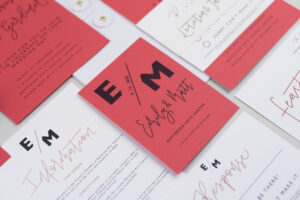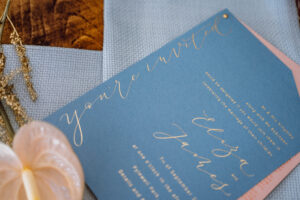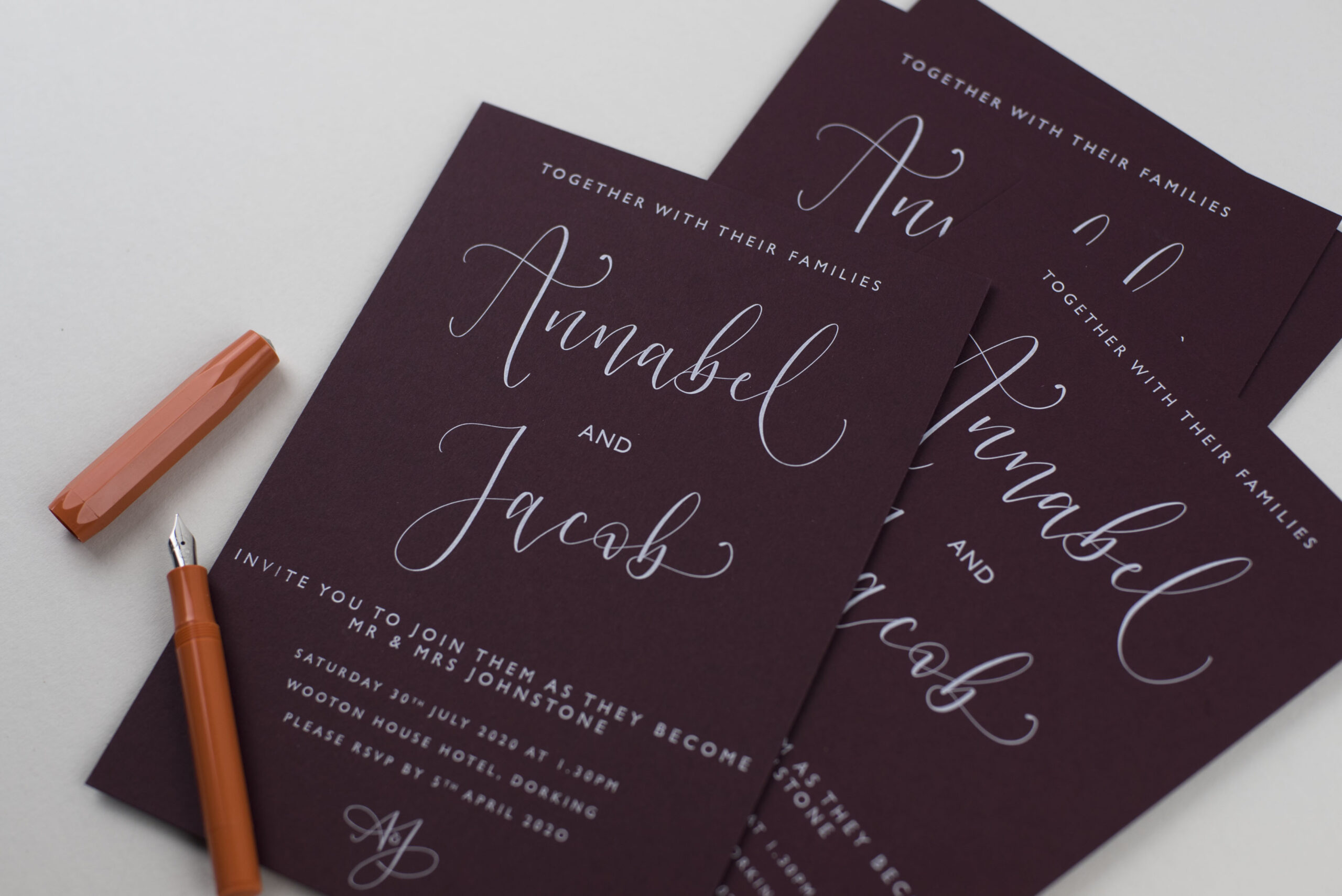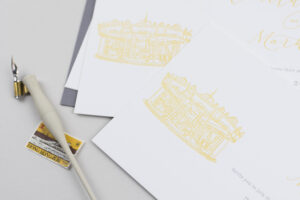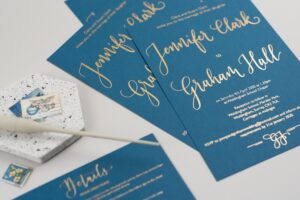When it comes to stationery, particularly wedding invitations and save the dates, there are so many finishing options. It can be overwhelming, as someone who has never had to consider these options before, to know which one is right for you. You will see on my wedding calligraphy prices page I give the different prices for each – but there are more things you need to consider when choosing. Here is a run down…
